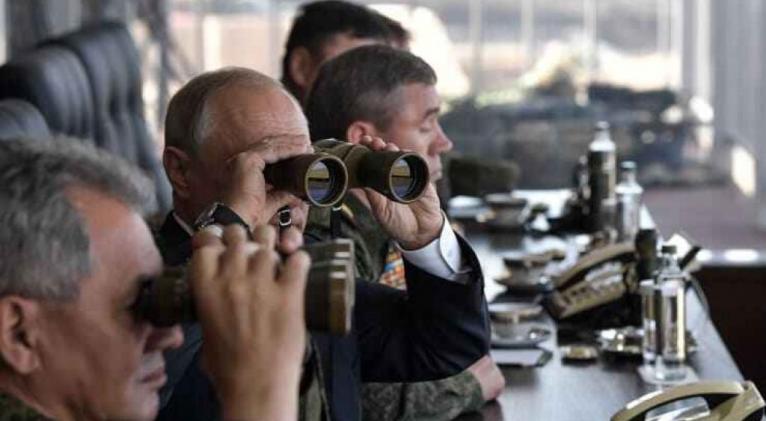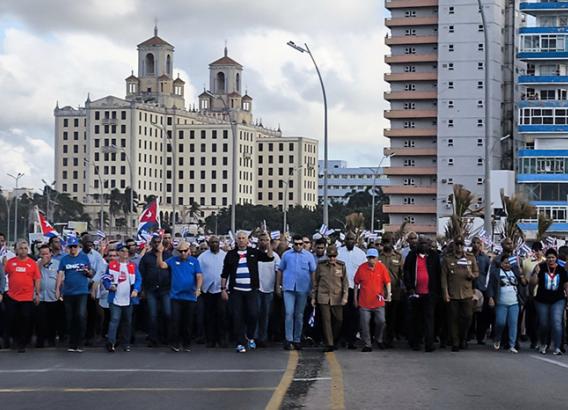Russia conducts massive military drills with China, sending a message to the West
especiales

Russia is carrying out a series of large-scale military exercises with China, India and Pakistan in what experts believe is Moscow trying to send a powerful message to the West.
The military drills take place annually but Russia has upped the ante this year by inviting forces from China, India and Pakistan (as well as Kazakhstan, Kyrgyzstan, Tajikistan and Uzbekistan) to take part in the drills.
The exercises will involve 128,000 military personnel, more than 20,000 weapons and military equipment, about 600 aircraft and up to 15 ships and support vessels, according to the Russian defense ministry. The drills are designed to test the combat-readiness of the military command and troops within the central military district in Russia (hence being called “Tsentr-2019”) and will also see the country test its military capabilities in the Arctic.
The season of Tsentr exercises actually started in June but this week is seen as the culmination of those in the most important “strategic command post exercise,” known as the “hot phase” by experts.
Russian Defense Minister Sergei Shoigu insisted earlier in September that the strategic military exercises are not directed against other countries but are instead focused on countering the threat from international terrorism.
But experts say the exercises are also designed to show Russia’s military strength and abilities, showcase its weaponry for commercial purposes and, most importantly, are meant to send an unequivocal message to the West.
“This is very much an anti-American message, an anti-Western message that Russia is not isolated and Russia can operate with a potential rival — because China is very much seen both as a friend and an enemy and potential competitor to Russian interests in the future,” Mathieu Boulegue, research fellow of the Russia and Eurasia Programme at Chatham House, said in a briefing ahead of the exercises.
“The message is quite clear when it comes to Russia, it means that ‘we’re not alone, we have a lot of partners, we’re not isolated so whatever efforts the West are trying to do against us we are still able to have powerful military alliances with China, India and Pakistan’,” he said.
Just for show?
Experts like Boulegue view the annual military drills with skepticism, especially when it comes to the number of military personnel and equipment involved.
“Don’t trust the numbers, honestly, don’t believe the figures. They’re here to show the strength of the Russian army,” he said, noting that any kind of military drill taking place in Russia over the last four months could be labeled a part of “Tsentr,” hence inflating the size of the exercise.
Anyone watching Tsentr 2019 should expect a carefully choreographed military spectacle, Boulegue said. And with China involved (as it was last year too), Russia will be keen to avoid mishaps that could embarrass Russia’s defense ministry. In the 2017 military drills a helicopter was filmed accidentally firing a rocket at a cargo vehicle, for example.
The exercises have also been a way for Russia to show off its military wares to potential arms buyers, although the most significant element of this year’s training is the participation of China, Boulegue said. He added that it shouldn’t be taken as a sign of a new strategic alliance between the two nations that are both seeking to build stable ties in the face of a more unpredictable U.S. power, while remaining potential rivals on an economic and political level.
“What Russia is actually doing here is demonstrating status and performing the link with China that it’s trying to build in the security sphere on the world stage,” Boulegue said, emphasizing that “this is not a strategic alliance, there is nothing strategic about China-Russia relations right now … But what it’s showing is just a meaningful defense and security partnership.”













Add new comment